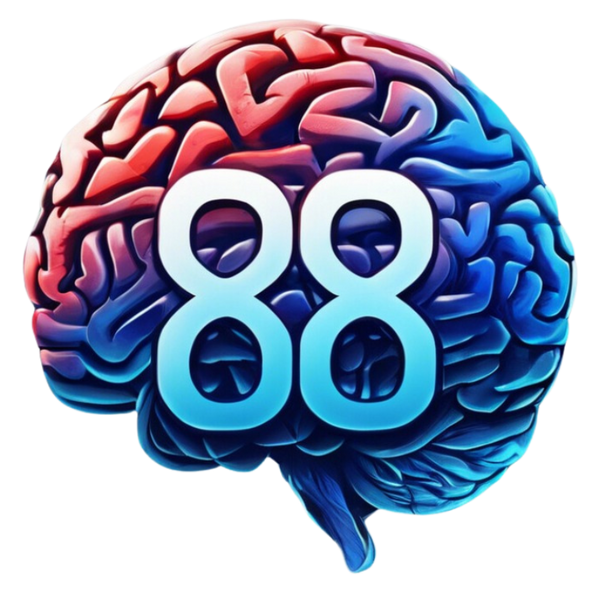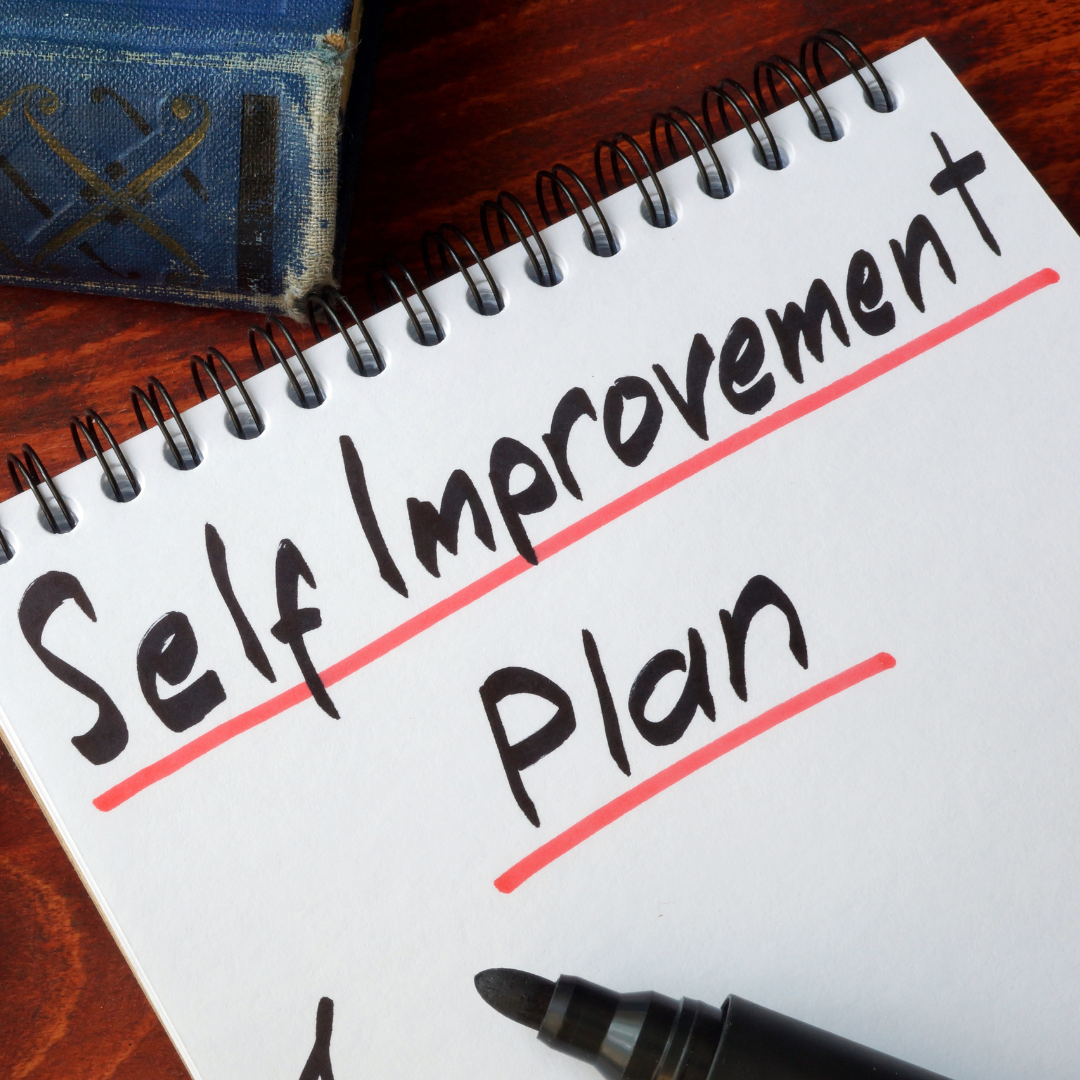In the evolving landscape of education, understanding the differences between self-learning and traditional learning methods is crucial. Below, we present a detailed comparison between these two approaches to help you decide which method suits your educational needs best.
Table of Comparison: Self-Learning vs. Traditional Learning
| Aspect | Self-Learning | Traditional Learning |
|---|---|---|
| Learner | Central and active in the learning process | Receiver of knowledge |
| Teacher | Encourages and motivates, if present | Imparts knowledge |
| Methods | Varied and cater to individual differences | One method for all learners |
| Means | Diverse and multiple | Auditory and visual for all learners |
| Objective | Aligned with contemporary trends | Predefined |
| Assessment | Determined by the learner | Determined by the teacher |
Detailed Insights
Learner's Role
In self-learning, the learner is the main focus, actively engaging with the material. This contrasts with traditional learning, where the learner's role is more passive, primarily receiving information from the teacher.
Teacher's Role
In a self-learning environment, if a teacher is present, their role is to encourage and motivate the learner. On the other hand, traditional learning involves the teacher as the main source of information, guiding the entire learning process.
Learning Methods
Self-learning employs a variety of methods tailored to individual needs, accommodating different learning styles and preferences. Traditional learning typically uses a single method for all learners, which may not cater to everyone's needs.
Learning Means
Self-learning utilizes a diverse range of tools and resources, while traditional learning often relies on auditory and visual methods that may not be equally effective for all learners.
Objectives
The objectives of self-learning are flexible and aligned with modern trends, allowing learners to stay current with the latest developments. Traditional learning objectives are usually predefined and may not adapt as quickly to changes.
Assessment
In self-learning, the learner often has a say in how they are assessed, providing a personalized evaluation of their progress. Traditional learning assessments are typically determined by the teacher, following a standardized approach.
Internal and External Resources
For further reading on the benefits of self-learning and traditional learning methods, explore our detailed guides on self-learning techniques and traditional learning strategies.
Additionally, check out these external resources:
Conclusion
Choosing between self-learning and traditional learning depends on your personal learning style, goals, and the resources available to you. Both methods have their unique advantages and can be effective when applied appropriately.
For personalized guidance and support in your learning journey, visit 88 Studies, your partner in achieving academic excellence.

